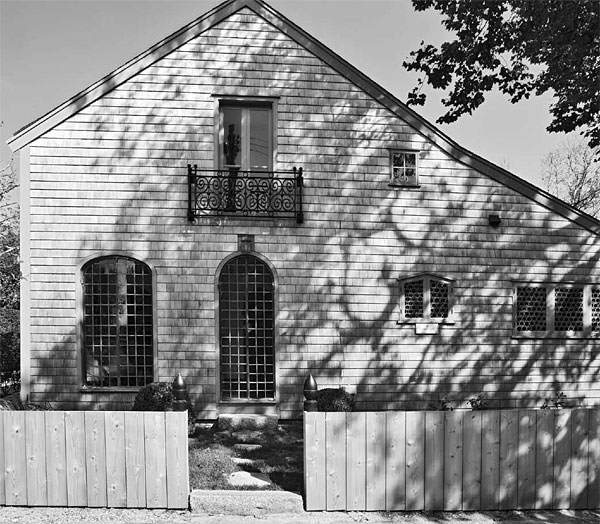by Amy Roberts
Nantucket’s architecture provides great insight into the history of domestic life over nearly 400 hundred years. A walk along the historic downtown streets reveals captivating and contrasting architectural elements that echo the lives of island residents. From the colonial settlement era of the seventeenth- century to the opulent reflection of Nantucket’s whaling heyday in the eighteenth-century, the structures and neighborhoods weave together a portrait of the people and places of days goneby.
On Saturday, September 22, Nantucket’s expert preservationists and conservators join together for a two-hour “Four Centuries of Domestic Life Walking Tour,” to provide such an opportunity to explore this part of island history. Nantucket Historical Association Interpretation Staff, Jascin Leonardo Finger of the Maria Mitchell Association, and Michael May of the Nantucket Preservation Trust will guide this in-depth tour of the exteriors of four Nantucket properties including three NHA sites (Oldest House, Hadwen House, and Greater Light) and MMA’s Mitchell House. The tour will offer participants an exploratory interpretation of its architectural history and land use and how it shaped homes, buildings, and neighborhoods over four centuries.
“Several years ago, the MMA, NPT, and NHA came together to develop a collaborative way to utilize our historic sites to illustrate for people the changes to domestic life over four centuries and the changes that influenced not just people, but the built environment, landscapes, and neighborhoods,” says Jascin Finger, Curator for MMA’s Mitchell House. “This walking tour is a unique way to look at neighborhoods and compare the Mitchell House, Hadwen House, Greater Light, and the Oldest House.”
The first stop will be at the NHA’s Oldest House, a domestic structure built in 1686 that represents the architecture of Nantucket’s first settlement. “The Oldest House tells the story of Nantucket’s colonial settlement period,” explains Chris Mason, Manager of Interpretation for the NHA. “The classic
lean-to saltbox style was designed around a central chimney and the structure and positioning of the house reveals the need to maximize sunlight and direct the wind up and over the pitched roof line.” This colonial style was less concerned with outward appearance, as evidenced in later Nantucket architecture, and instead focused on the functional, domestic needs of the home’s inhabitants.
The tour will also include a stop at the MMA’s Mitchell House. The Mitchell House, originally built in 1790, “is the best example left of its kind of Nantucket’s Quaker architecture,” explains Jascin Finger. The belief and ethic of the Quakers to maintain a plain and simple life projected itself onto their uncomplicated Quaker architecture, that is both unadorned and utilitarian. The walking tour will also explore the exterior façade of the NHA’s elegant 1845 Greek Revival Hadwen House, representing the most prosperous period in Nantucket’s past—the golden years of whaling. “Hadwen House exemplifies the high point of whaling,” says Chris Mason. “The Greek revival structure with the pillar and positioning above street level projects extravagance and beckons admiration, marking a sharp contrast to the simplistic qualities of Quaker homes.”

The tour will also stop at the NHA’s Greater Light, originally built as a livestock barn in 1790 and remodeled into a summer home in 1929-1933, reflecting Nantucket’s art colony and resort era. The restoration of Greater Light by two eccentric Quaker sisters reveals how the period of the 1920s and 1930s brought an entirely new wave of ideas to the island that was absorbed into an eclectic architecture.
“This is an extraordinary tour that encompasses the evolution of architecture on Nantucket and provides perspective about how the architectural and domestic landscape changed over the centuries,” says Michael May, Executive Director of the Nantucket Preservation Trust. “Along the way we will discuss the history of the neighborhoods and highlight the architecture of the homes and structures that we pass as we walk.”
The “Four Centuries Domestic Walking Tour” is free to the public. Interested participants should meet at the NHA’s Oldest House, 16 Sunset Hill at 10 A.M. The tour will last approximately two hours.


